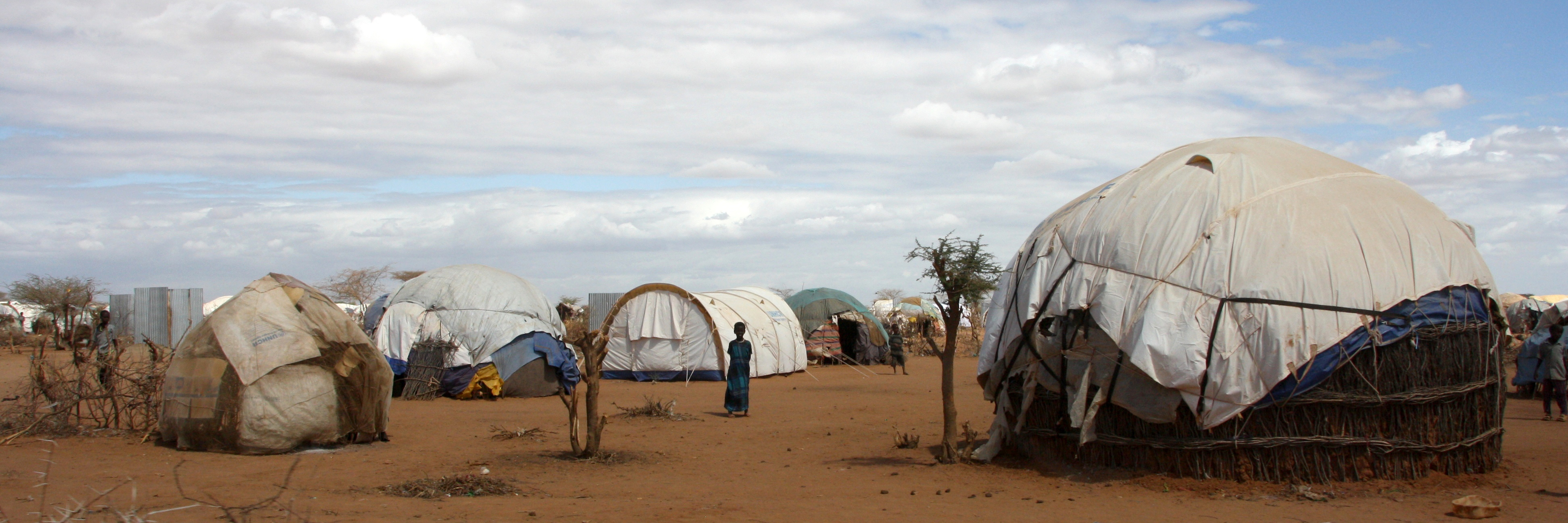Migration, gender and climate change
Climate change is likely to increase human migration and thus exacerbate associated challenges. Impacts such as soil degradation, water shortages, rising sea levels, and increased frequency and severity of extreme weather events may force people to sell off their assets and migrate when traditional adaptation and coping mechanisms do not suffice. When whole regions are affected such that the environmental resources can no longer support the livelihoods of the local population, traditional risk-sharing mechanisms, based on kin and social groups, may no longer be adequate to adapt to the changed conditions.
Gender dimensions
Male migration leads to less efficiency of traditional risk-sharing mechanisms. Because women are key actors in maintaining the social cohesion of the family, the predicted increased flows of migrants could be very destabilising when men migrate and women and families stay behind in the area of origin (Denton 2004). In such circumstances, women assume traditional male responsibilities without having equal or direct access to technical, financial and social resources. Accordingly, women have more responsibilities without having more rights – particularly critical in this context is their lack of land and property rights. An increased burden of household and agricultural work may put a strain on women in the absence of men. Due to their limited ability to seek paid employment as a result of caring responsibilities and extraordinary circumstances, women are particularly vulnerable to economic and social risks. The situation of female migrants in destination countries has often been described as hazardous in terms of human and labour rights, adequate pay, and sexual violence.
Response
Gender-related studies and developing programs should take into account women’s increased burden as an effect of male migration. An integrated approach is needed that furthers the collaboration of relevant agencies and government departments, dealing with legal, social, economic and environmental aspects of emigration and immigration, in the light of the changing climatic conditions in both countries of origin and destination countries.
Across regions, women and men migrate for different reasons. There is a need to identify potential gender-specific reasons for climate change related migration: who migrates, for what reason, from where, to where, and for how long? Gender-disaggregated data need to be generated in order to understand the gender-specific behaviour patterns in this context.
Remittances (transfers of money by migrants back to their country of origin) make up a significant proportion of financial inflow into many developing countries. It would be useful to determine whether remittances allow families to stay in areas of environmental degradation and survive. Do the families and communities that receive remittances have an increased ability to adapt?

